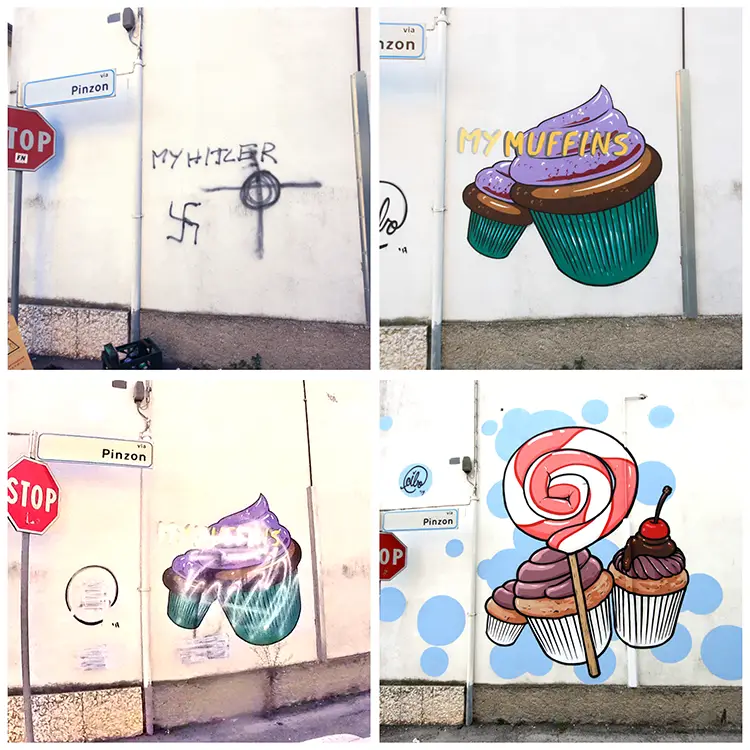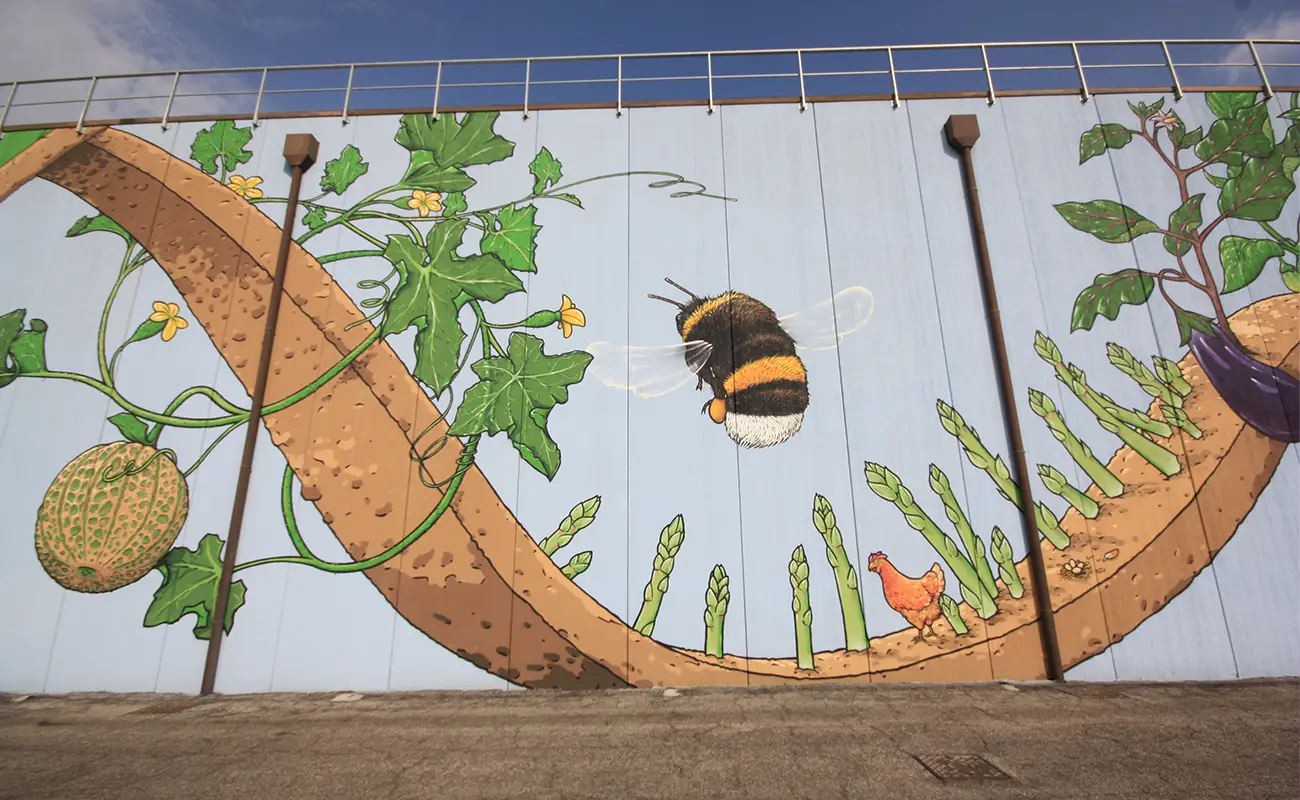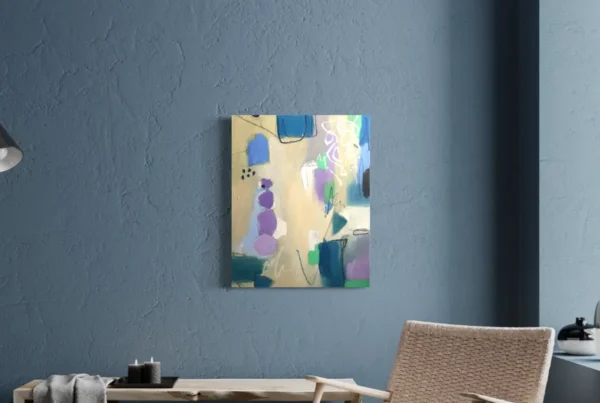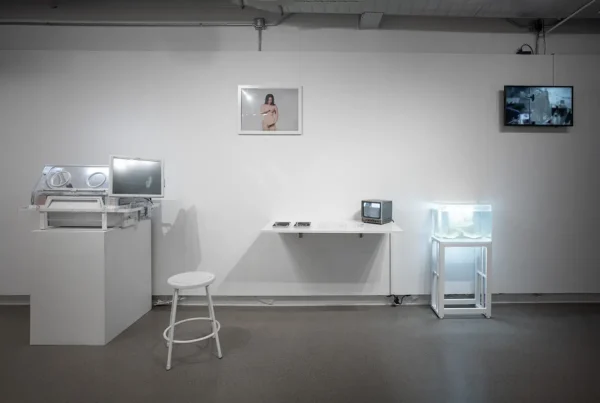“Food, in my hands, becomes a metaphor to raise awareness about the most pressing issues of our century, like hate and the climate crisis.”
When Street Food Becomes a Weapon Against Hate
In the vivid streets of Verona, one artist has found a strikingly unconventional way to fight extremism—with pizza slices, sausages, and salad. CIBO, an Italian street artist and activist, has turned his obsession with food and color into a socially charged campaign against hate speech and neo-fascist propaganda. Known for transforming offensive graffiti into delightful images of Italian cuisine, CIBO uses humor and heritage to reclaim public space. The alias itself—Cibo, meaning “food” in Italian—sets the tone for an artistic mission that is both approachable and deeply political. By painting familiar and comforting dishes over racist slurs and fascist symbols, he offers a palatable form of resistance that communicates inclusion, diversity, and memory.
Born Pier Paolo Spinazzé in 1982, CIBO traces the origins of his work back to a tragic turning point: the murder of a university classmate by far-right extremists in 2008. That event sparked not just anger, but action. When he later encountered hate symbols on a wall, he didn’t just look away—he covered them with a cartoonish Vienna sausage. When the graffiti reappeared, he added ketchup and mustard, beginning a process of layered interventions that eventually shaped his now-recognized style. Since then, the streets have been his canvas and battleground. Public alerts from his social media followers regularly inform him about newly defaced spaces, and in turn, he mobilizes quickly, armed with brushes and spray cans.
What distinguishes CIBO’s practice is the deliberate fusion of visual aesthetics and moral conviction. Rather than confront fascists directly, his aim is to erase their messages and replace them with symbols of unity and shared culture. His anti-hate actions—spontaneous yet thoughtful—operate not through confrontation but through replacement and redirection. By choosing food as his central motif, he disarms aggression with humor and familiarity, turning incendiary walls into colorful tributes to multiculturalism and memory. For him, every Caprese salad or Margherita pizza is more than a dish—it’s a symbol of resilience and an invitation to rethink what it means to belong.
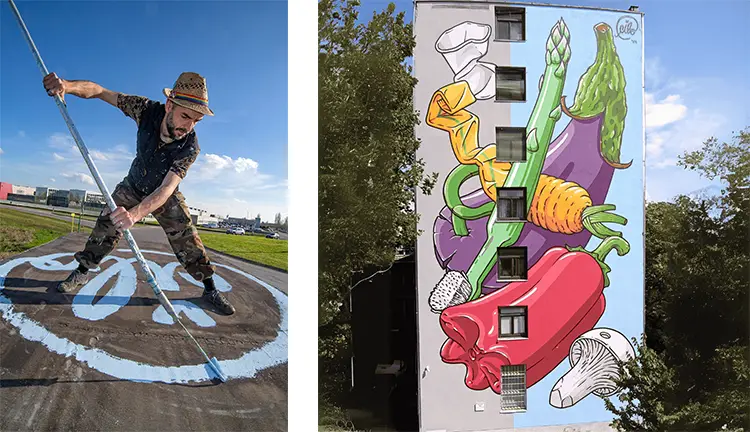
©Martha Cooper
CIBO: Art That Nourishes the Collective Conscience
Though his pieces are often whimsical and cartoonish, the motivations behind CIBO’s work are urgent and reflective. After years of honing his technique through formal studies in high school and university—where he specialized in design—CIBO eventually found his voice by blending aesthetics with activism. What started as childlike doodles and a fascination with spray cans matured into a powerful method of political expression. His process evolved naturally: once he had painted every wall he could access at home, he took to the streets, compelled not only by artistic passion but also by a growing need to take civic responsibility through visual culture.
Among the many dishes he frequently paints, the Caprese salad holds symbolic weight. On the surface, it’s a patriotic nod—red tomatoes, white mozzarella, and green basil reflect the Italian flag. But CIBO’s interpretation reveals deeper truths. The tomato, native to South America; basil, introduced from India; and olive oil, which he notes originates from Syria, expose the myth of national purity and challenge the assumptions behind cultural heritage. Through these edible compositions, he demonstrates how Italian culinary tradition itself is a story of migration, exchange, and transformation. This quietly dismantles nationalist rhetoric by highlighting the interconnectedness of cultures.
His activism is not without risk. CIBO has received numerous death threats from far-right individuals, yet he remains undeterred. He continues to invite fellow artists to join his cause, emphasizing that anti-fascism is not a relic of the past but a living, necessary stance. His community-based approach leverages social media and public engagement, creating a grassroots network of vigilance and intervention. Whether painting over slurs in a darkened tunnel or working collaboratively with other artists, CIBO uses the familiar language of food to advocate for a world where hospitality, empathy, and inclusion can once again feel like common sense.
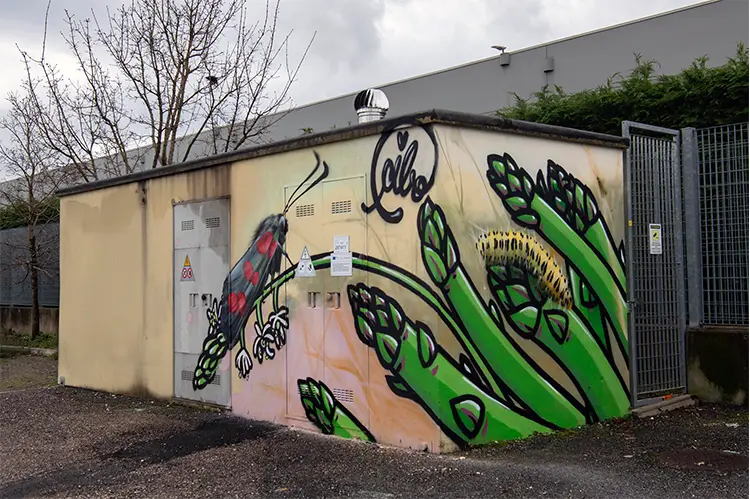
CIBO+MANTRA, Best Before Festival, Italy 2025 (photo ©️Martha Cooper)
Craft, Chaos, and the Streets as Studio
Despite the spontaneity often associated with street art, CIBO’s working environment reflects a balance between structure and fluidity. His studio, though minimalist, is anchored by the essentials: a spectrum of colors, a carefully curated playlist, and a clean, organized space. He insists on order as a foundation for creativity, refusing to work amid chaos. However, once outside, his methods adapt to the unpredictability of public spaces. Whether using spray cans, rollers, or paintbrushes, his tools shift depending on the surface, location, and urgency of the intervention. He also experiments with digital media, acrylic on canvas, markers, pencils, and even sculpture, extending his visual vocabulary beyond the street.
Distractions, rather than being a hindrance, often become part of his creative rhythm. If he’s not under immediate deadlines, he allows his mind to wander and follow impulses that may open unexpected directions in his art. This openness—contrasted with his structured workspace—mirrors the dual nature of his practice: deliberate in concept, flexible in execution. That balance is crucial when operating in unpredictable environments, from city alleys to international walls. Each mural or artwork is a response to its context, not only in terms of location but also the urgency of the message it aims to counteract or amplify.
His collaborations have recently reached new heights with the organization of Best Before: Street Art Against a Rancid Future, an event that reasserts street art’s role in cultural and political discourse. Funded through Patron support and executed with the help of his manager Sara Maira, the project reclaimed 11 murals previously vandalized by neo-Nazi groups. CIBO worked with 11 acclaimed street artists, creating works rich in symbolism and global resonance. The renowned urban art photographer Martha Cooper flew in from New York to document the event, underscoring its significance. The project has since been transformed into a traveling photographic exhibition, aiming to spark conversations well beyond Verona.
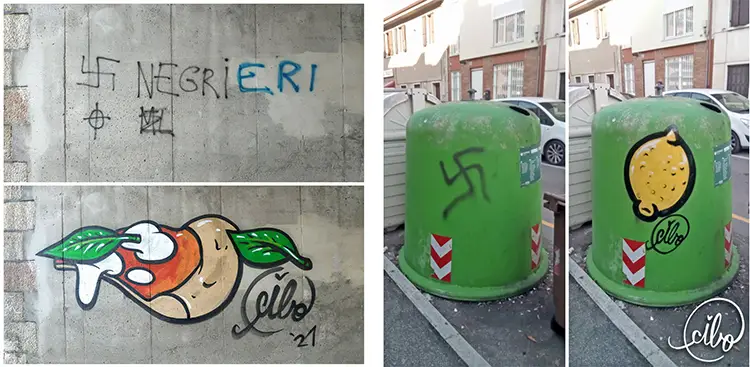
CIBO: Rewriting the Wall with Humor and Heritage
Though CIBO avoids stylistic labels, his approach has created a distinct visual identity. His work is instantly recognizable—cheerful, exaggerated renderings of food that turn grim symbols of hate into playful tributes to Italian culture. His style does not borrow directly from particular artists, even though he deeply respects the global street art community. Rather, it emerges from personal exploration and a deep commitment to purpose. He views artistic influence not as a question of aesthetics, but of shared values and the drive to use public space for positive transformation. The decision to adopt food as a recurring subject was both intuitive and strategic, enabling him to engage a wide audience through universally appreciated imagery.
Among his most meaningful works is “Choose,” a mural painted in Ljubljana that confronts the impact of microplastic pollution on food systems. Unlike his anti-fascist pieces, which often respond directly to hate speech, “Choose” reflects an ecological concern rooted in daily consumption. It asks viewers to consider what enters their bodies and what cost the planet bears in the process. Another significant work, “La mia Campagna,” spans a monumental 1,100 square meters and celebrates agricultural traditions in the Verona countryside. Through vast compositions and intimate references, CIBO underscores how both food and land are entangled with identity, history, and care.
Looking ahead, CIBO is eager to extend the Best Before initiative to other countries, collaborating with artists worldwide to send a unified message against hatred and ignorance. The potential for international expansion is not just an artistic ambition but a civic one: to amplify the call for empathy and justice on a global scale. Wherever his work appears, it carries a message that transcends language—using cuisine as a metaphor for coexistence and memory as a guide toward a more inclusive future.
